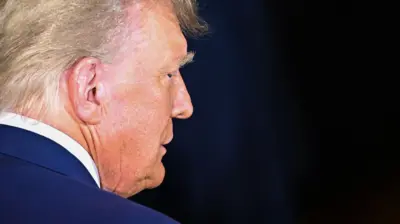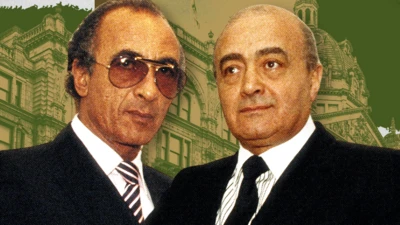We've updated our Privacy and Cookies Policy
We've made some important changes to our Privacy and Cookies Policy and we want you to know what this means for you and your data.
Drones involved in near misses at UK airports
Image source, Getty Images
Drones were recently involved in four serious near misses at UK airports, the UK Air Proximity Board has said.
The board, which investigates near-miss incidents in UK airspace, said a drone had come very close to colliding with a Boeing 737 climbing out of Stansted.
There were also category A incidents at Heathrow, London City and Manchester.
British Airline Pilots Association (Balpa) spokesman Steve Landells said action must be taken to prevent a "catastrophic crash" of an aircraft.
The Department for Transport (DfT) said it was working to create a "regulatory framework focusing on safety".
involving drones in its December report, four of which were classed as the most serious category A where a serious risk of collision existed.
The near miss at Stansted saw a drone fly over the Boeing 737 by about 16ft, as the aircraft was at about 4,000ft during take-off.
In another incident, a drone narrowly missed hitting the wing of a Boeing 777 shortly after take-off from Heathrow Airport on 22 September.
This took place at 2,000ft - double the legal altitude limit for drones transmitting live video to their operators.
According to the plane's pilot, the drone narrowly passed down the right-hand side of the aircraft and left no time to take action.
The UKAB concluded that the drone was at the same height and within 25m of the jet, meaning "chance had played a major part" in the lack of a collision.
Although the incident was reported to the police, the drone operator was not traced.
Image source, PA
Balpa says it is concerned the number of incidents could rise over the next few months, as people begin to use drones which they may have been given as Christmas presents.
It is calling for stricter rules and a registration system so drone operators can be easily traced and prosecuted for any "irresponsible flying".
Pilots also want technology routinely fitted to drones to stop them from being able to fly in areas where they could meet commercial traffic.
Penalty warning
Mr Landells said that near misses were becoming "too regular an occurrence".
He added: "We must act now to protect passengers and flight crew and make sure a catastrophic crash does not happen.
"The authorities must enforce current regulations and make sure new ones, such as compulsory insurance and registration, are brought in without delay.
"As the growth of drones flying by hobbyists continues, education and training are increasingly becoming key. Anyone flying a drone must do so in a safe and sensible way."
A spokesman for the UK Civil Aviation Authority said: "Drone users have to understand that when taking to the skies they are potentially flying close to one of the busiest areas of airspace in the world - a complex system that brings together all manner of aircraft including passenger aeroplanes, military jets, helicopters, gliders and light aircraft.
"The rules for flying drones are designed to keep all airspace users safe and anyone flouting these rules can face severe penalties including imprisonment."
A spokeswoman for the DfT said: "Drones are becoming increasingly popular and have the potential to bring significant economic benefits, but it is vital that they are operated safely, in a way that does not put members of the public and other aircraft at risk.
"The government is leading efforts with international bodies to develop a stringent regulatory framework focusing on safety. There will be a public consultation before a government strategy is published in 2016."
Top Stories
More to explore
Most read
Content is not available








